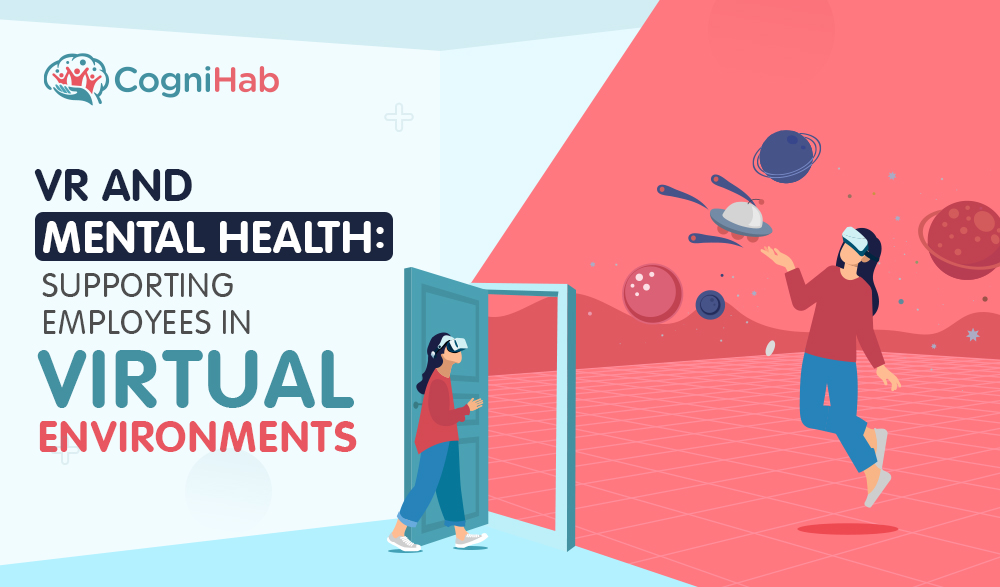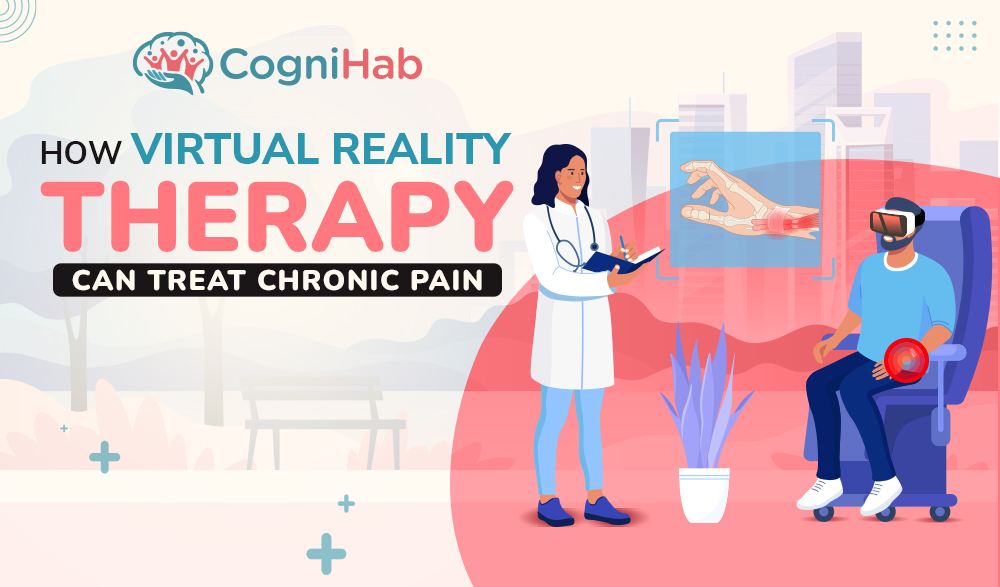Helping Your Child With Autism Training: a Brief Guide
Autism training can be one of the biggest concerns for a parent with an autistic child.
A parent never wishes to discover that their child isn't always happy and healthy. ASD diagnoses can occasionally be a person's worst fear. Confusion and frustration can result when parents blindly follow instructions without taking the needs of the kid into account. You may have felt even more despondent because ASD is an incurable, permanent disorder, and nothing you do would be able to cure that.
Although it can be challenging for parents to raise and educate such a unique child, VR medical training is regarded as one of the most effective methods.
Knowing Autism
Autism spectrum disorder, or ASD, often emerges in the child within the first eight weeks following conception. Some people also believe that a genetic mutation could cause a child to have this condition.
Variations in the brain cause developmental problems like ASD. Social interaction and communication have been complicated for people with ASD, resulting in limited or repetitive activities. Due to diverse brain processes, these people may also learn, move, or pay attention in various ways.
Several autism training programs can help children learn new skills, despite the fact that it is very tough to accept that there is no cure for autism. It also helps in overcoming a variety of developmental challenges. With proper preparation for therapy and training, your child can significantly improve.
Autism Training Therapy
With your child, as a parent, you can become involved in simple activities like reading, painting, and watching videos. The activities listed below can aid your child who has autism.
Play therapy
Play therapy does precisely what it says on the tin: it combines learning with enjoyment. The goal of play therapy for autistic children is to gradually develop their social and communication skills as well as their potential for imaginative play and symbolic play.
It might be possible to build a relationship with your child only by playing "chase and tickle" games, blowing bubbles, or partaking in sensory activities like swinging, sliding, or squirming through a tube. As your child's skills advance, you might be able to move toward games where players take turns back and forth, cooperative games, or even pretend play.
Speech Therapy
There are several aspects of speech and communication treatment that parents may provide with only a tiny level of training, despite the intricacy of the profession of speech therapy. Speech therapy is essential for holistically developing a child with an autism spectrum disorder. It encourages social skills, aids in better overall communication, and facilitates day-to-day functioning.
Speech therapy is an integral part of autism training that helps the child to understand the importance of language. Speech disorder treatment with vr plays are an excellent way to talk about the importance of language. It helps to improve that talent once a child is able to speak for themselves.
Applied Behavioral Analysis
Although all ages can benefit from ABA therapy, the strategies are most effective for children under five. To qualify as an "early intervention," a program must start before the child turns four.
Access, attention, escape, and automatic reinforcement are the four primary motivations for behavior in treatment. Each of these activities is decomposed into simple, beneficial actions in the lesson plan. Each lesson is provided step-by-step, starting with the easiest. Without any kind of professional instruction, the essential ABA concepts can also be used in a variety of situations. That's because ABA's foundational principles are, in fact, elementary and organic.
Floortime
Floortime is based on the idea that parents should try to increase their autistic child's "circles of communication," In other words, they should encourage their autistic child to engage in ongoing conversation, which can be very difficult for them. Play therapy and floortime are pretty similar to one another.
Parents can learn more about floortime practices by watching videos, reading books, taking online courses, or speaking with a floortime therapist.
Relationship Development Intervention (RDI)
A therapeutic approach created especially for parents is called RDI. Similar to Floortime, it makes use of developmental theories to assist parents in assisting their kids in developing social communication skills. However, unlike Floortime, RDI has a predetermined set of objectives and activities, and in order to get started, parents must work with a consultant.
RDI can be an excellent option for you if you're interested in using a developmental treatment with your child and prefer a well-defined program.
Aggressive Behaviors: Parent-Child Interaction Therapy (PCIT)
It can be extremely difficult for a significant number of children with autism spectrum disorders to leave the house or engage in routine activities because of their aggressive behaviors. Children who have aggressive tendencies are treated with Parent-Child Interaction Therapy (PCIT) by parents who have received training from consultants.
Virtual Reality Autism Training
Counselors and virtual reality technology are commonly employed by therapists, organizations, and parents to address this issue. As a result, kids with autism are better able to interact and communicate with individuals outside of their own context.
Virtual reality has been utilized to treat autism since the middle of the 1990s. Virtual reality is mainly used at the center for autism rehabilitation to treat stress-related disorders. People who struggle with phobias like stage fright may find help with virtual reality.
An autism training facility's virtual reality games can help patients' cognitive abilities, and inventive and entertaining virtual reality question-and-answer sessions can improve a child's ability. The most efficient method for improving cognition, speed, coordination, and memory is believed to be interactive virtual reality excursions.
Conclusion
The child with autism may be aggressive sometimes or very calm other times, but being a parent of a particular child, it is necessary to have patience. VR medical training has achieved many things in the digital therapy healthcare sector and altering further for the betterment of mankind.
However, the result highly depends upon the autism training child enrolment. Before choosing autism training, it is necessary to take proper guidance from an expert therapist. After taking direction and doing adequate research, you can continue further with your child's therapy. The most important aspect of the entire episode is- your involvement.







